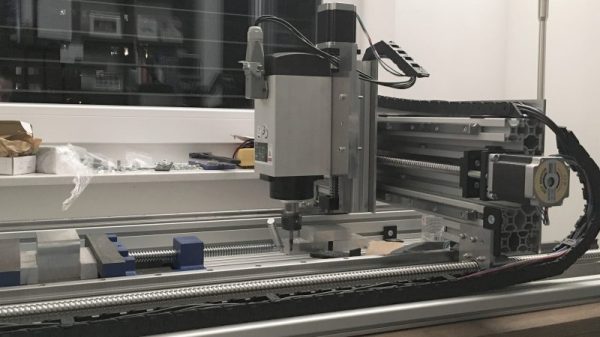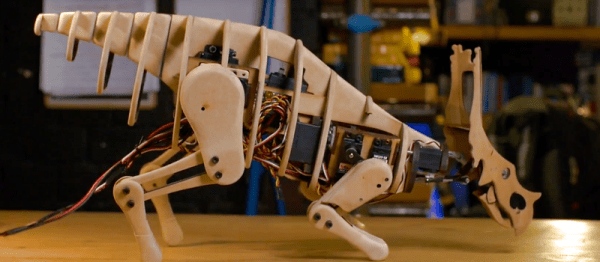If you’re in the Bay Area this weekend, the only place to be on Saturday night is O’Neill’s Irish Pub in San Mateo. Hackaday is once again hosting a meetup after Maker Faire closes for the evening, and you don’t want to miss it. Please RSVP now.
This is the fourth year of our BAMF meetup and we’re continually amazed at the turnout — we pack ’em in and it’s not just because the first round of drinks is on us. This is the mixer for everyone who is passionate about hardware. You’ll find your Internet heroes on hand (think YouTube and electronics podcasts), those going through the grinder of startups exhibiting at the faire, engineers for the giant silicon valley firms, plus all of the hackers who spend their time in basements, garages, and taking over the kitchen table to break something open and make it their own. And of course the Hackaday crew will be on hand, you’ll find [Mike], [Jasmine], [Shulie], [Rich], [Jordan], and [Gerrit] losing our voices as the conversation carries on late into the evening.

Our profoundly awesome sister site, Tindie, is also putting out the call to all hardware artisans (they call themselves Tindarians) to turn out for the meetup. If you’ve never heard of Tindie you’re missing out. And if you’ve never sold your creations there, this meetup is a perfect chance to meet some of the people who do. They’re not just purveyors of bleeding edge hardware, they’re the ones who dream it up and make it happen. You should join their ranks!
We love hackers from all walks of life. But unfortunately, because of the venue for this event, we must limit this to those who are 21 years of age and older. If you can’t get into this event, come find us at the Hackaday/Tindie booth at the Faire.
Other than that, we love to see smiling faces, blinking or moving hardware, and the coolest T-shirt you have in your dresser. Come hang out with Hackaday. You’ll have a most excellent evening if you do. See you Saturday!

















